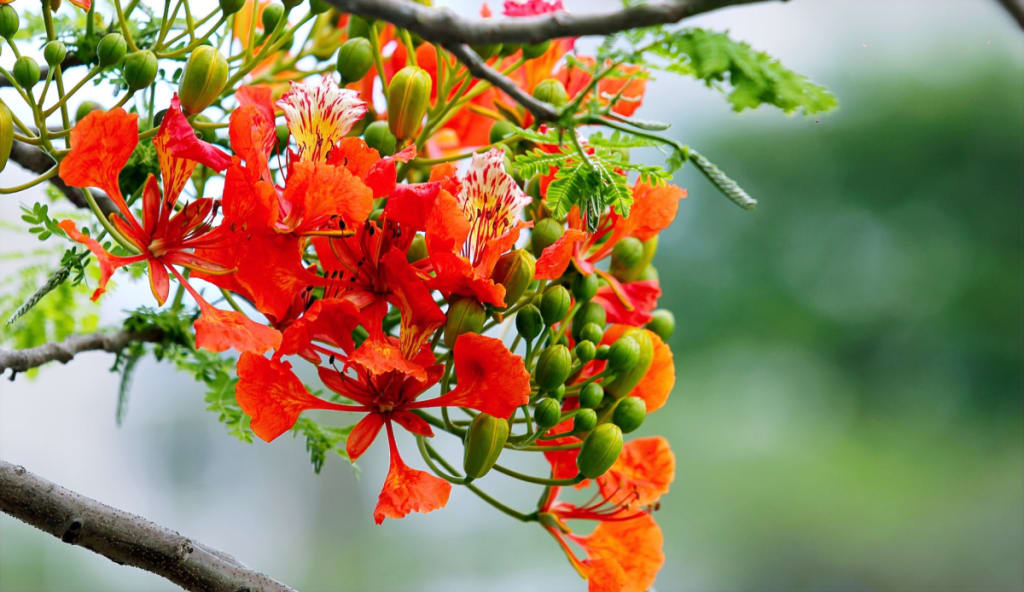Your Personal Pharmacy in a Pot: Introducing the Medicinal Garden Kit
Cultivate Health and Wellness with Nature's Remedies

Embrace Nature’s Healing PowerThe power of medicinal plants has been known for centuries, and with the increasing interest in natural remedies and holistic wellness, more people are turning to herb gardens as a source of healing and self-care. Plant-based medicine offers a sustainable and eco-friendly way to improve your wellbeing, and creating your own DIY healing garden is an empowering step towards taking control of your health. In this article, we’ll explore the numerous health benefits of a medicinal garden, the top 10 plants you should grow, and how to start your own personal pharmacy today.
1. The Magic of Medicinal Plants: A Green Medicine Revolution
Medicinal plants have been used throughout human history to treat ailments and maintain health. Today, these natural remedies are experiencing a resurgence in popularity as people seek alternatives to pharmaceuticals and embrace a more holistic approach to wellness. The benefits of using plant-based healing extend beyond physical health—cultivating an herb garden also supports mental and emotional wellbeing, encourages sustainable living, and fosters a deeper connection with nature.
A. Health Benefits of Medicinal Plants
Plant-based medicine offers a range of health benefits, from boosting the immune system to reducing inflammation and promoting relaxation. In addition to their therapeutic properties, many medicinal plants are also rich in nutritional value, providing essential vitamins, minerals, and antioxidants to support overall health.
B. Emotional and Mental Wellbeing
Gardening is a therapeutic activity that can help reduce stress, anxiety, and depression. Tending to an herb garden encourages mindfulness and provides a sense of accomplishment and purpose. The aromatic scents of certain plants, such as lavender and chamomile, have been shown to promote relaxation and improve mood.
C. Sustainable Living and Eco-Friendly Practices
Growing your own medicinal garden supports a sustainable lifestyle by reducing waste, minimizing the use of harmful chemicals, and conserving resources. By creating a healing garden, you’re embracing an eco-friendly approach to self-care and contributing to a healthier planet.
2. Top 10 Medicinal Plants for Your Healing Garden
Creating your own personal pharmacy in a pot starts with selecting the right plants. The following 10 medicinal plants offer a diverse range of health benefits, making them the perfect foundation for your DIY healing garden.
Chicory: Native Americans relied on this pain-relieving plant for its anti-inflammatory and analgesic properties. Chicory is excellent for joint pain and also acts as a prebiotic and natural laxative.
Yarrow: Known as the “backyard wound healer,” yarrow can quickly stop bleeding, prevent infection, and promote healing. It’s also effective in treating toothaches and repelling insects.
California Poppy: A natural sleep aid, California poppy promotes restful sleep without the risk of addiction associated with prescription sleeping pills. It’s also useful for treating anxiety and insomnia.
Marshmallow: This versatile plant is best known for its ability to soothe and protect the digestive system. Marshmallow is also antibacterial and can be applied topically to promote skin healing.
Chamomile: An ancient “heal-all” remedy, chamomile is often used as a natural antibiotic and anti-inflammatory. It’s also a powerful skin healer and can be used to make soothing teas.
Evening Primrose: This plant’s flowers and roots contain essential fatty acids that promote skin and nerve health, as well as hormonal balance.
Lavender: Renowned for its calming scent, lavender offers a range of health benefits, from reducing anxiety to promoting hair growth and repelling insects.
Echinacea: This immune-boosting plant is a must-have for your medicinal garden. Echinacea can help prevent and treat colds, flu, and other infections.
Calendula: A powerful wound healer, calendula can speed up the healing process, minimize scarring, and cleanse the lymphatic system.
Feverfew: Often called “nature’s aspirin,” feverfew is effective in treating fevers, migraines, and inflammatory conditions.
3. Cultivating Your Medicinal Garden: Planting, Growing, and Harvesting
Once you’ve selected your plants, it’s time to start cultivating your healing garden. Follow these steps to ensure a successful and thriving herb garden.
A. Planting Your Seeds
Each plant has specific planting requirements, which can be found in the free Medicinal Guide included with your Medicinal Garden Kit. Carefully follow the instructions for each plant to ensure proper growth and development.
B. Growing and Caring for Your Medicinal Plants
Most medicinal plants are perennials or self-seeding annuals that require minimal maintenance. Regular watering, pruning, and fertilizing will keep your garden healthy and productive.
C. Harvesting Your Herbs
Harvesting your medicinal plants at the right time is crucial for maximizing their healing properties. Generally, herbs should be harvested in the morning after the dew has evaporated but before the heat of the day. Consult your Medicinal Guide for specific harvesting instructions for each plant.
4. Turning Your Medicinal Plants into Healing Remedies
With your medicinal plants thriving, it’s time to transform them into effective natural remedies. Your Medicinal Guide includes detailed instructions for making tinctures, ointments, salves, poultices, decoctions, infusions, essential oils, and more.
5. Embracing a Holistic Lifestyle with Your Healing Garden
Incorporating your healing garden into your daily life is an essential step in embracing a holistic approach to wellness. Experiment with different remedies, create new recipes, and share your experiences with friends and family.
A. Aromatherapy and Herbal Teas
Infuse your home with the soothing scents of your medicinal plants by creating your own aromatherapy blends and herbal teas. These natural remedies can help alleviate stress, improve mood, and promote relaxation.
B. Nutritional Value and Culinary Uses
Many medicinal plants are also rich in vitamins, minerals, and antioxidants, making them valuable additions to your diet. Incorporate your healing herbs into your cooking to enhance flavor and boost your overall health.
C. Self-Care and Holistic Wellness
Your healing garden is a powerful tool for self-care and holistic wellness. By tending to your plants and using their healing properties, you’re nurturing your physical, emotional, and spiritual wellbeing.
Start Your Personal Pharmacy Journey Today
Transforming your backyard into a healing oasis is an empowering step towards taking control of your health and embracing a more natural, sustainable lifestyle. Don’t wait any longer to experience the incredible benefits of medicinal plants—click here to start your personal pharmacy journey today and unlock the healing power of nature. Your body, mind, and soul will thank you!
About the Creator
VB
I am a passionate writer on a mission to inspire and uplift others through the power of words. Dedicated my craft to spreading positivity and motivation to readers worldwide.
Enjoyed the story? Support the Creator.
Subscribe for free to receive all their stories in your feed. You could also pledge your support or give them a one-off tip, letting them know you appreciate their work.






Comments
There are no comments for this story
Be the first to respond and start the conversation.